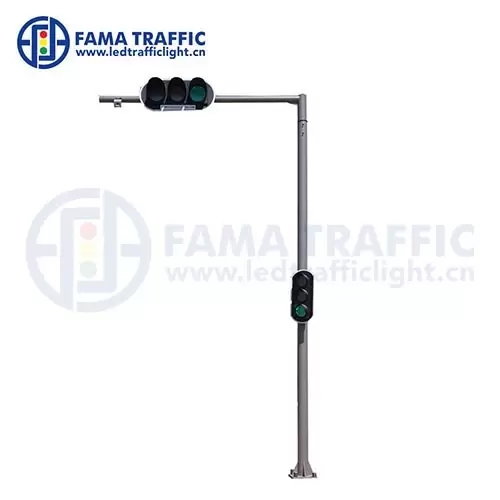In an era where urban mobility is becoming increasingly critical to sustainable development, the concept of free public transport has gained traction across the globe. This innovative approach not only aims to alleviate traffic congestion and reduce carbon emissions but also seeks to enhance social equity by providing accessible transportation options for all citizens. In this article, we will delve into the countries that have successfully implemented free public transport systems, examining the benefits, challenges, and implications of such initiatives.
The Pioneers of Free Public Transport
- Estonia: A Model for the Future
Estonia, particularly its capital Tallinn, has garnered international attention for its groundbreaking decision to offer free public transport to residents. Since 2013, Tallinn has allowed its citizens to travel on buses, trams, and trolleys without charge, funded by a combination of local taxes and increased revenue from other sectors. This initiative has not only improved mobility but has also fostered a sense of community and belonging among residents. The success of Tallinn's model has inspired other cities in Estonia and beyond to consider similar measures. - Luxembourg: The First Country-Wide Initiative
In 2020, Luxembourg made headlines by becoming the first country in the world to implement free public transport on a national scale. This ambitious policy aims to encourage the use of public transport, reduce traffic congestion, and promote environmental sustainability. By eliminating fares on trains, trams, and buses, Luxembourg hopes to shift the reliance from private vehicles to public transport, thereby decreasing the carbon footprint of its citizens. The initiative has been met with enthusiasm, and early reports indicate a significant increase in public transport usage. - France: Localized Free Transport Initiatives
While France does not have a nationwide free transport policy, several cities have adopted localized initiatives. For instance, Dunkirk has implemented free public transport since 2018, resulting in a remarkable increase in ridership and a reduction in traffic congestion. Similarly, cities like Châteauroux and Aubagne have introduced free transport systems, demonstrating that localized efforts can yield significant benefits in urban mobility.
The Benefits of Free Public Transport
The advantages of free public transport extend beyond mere cost savings for commuters. Here are some key benefits:
- Environmental Impact: By encouraging the use of public transport, countries can significantly reduce greenhouse gas emissions and improve air quality. This is particularly crucial in urban areas where pollution levels are often alarmingly high.
- Social Equity: Free public transport systems can bridge the gap between different socio-economic groups, ensuring that all citizens, regardless of income, have access to essential services and opportunities.
- Economic Growth: Increased public transport usage can stimulate local economies by making it easier for residents to access jobs, education, and healthcare. This can lead to a more productive workforce and a vibrant local economy.
Challenges and Considerations
Despite the numerous benefits, implementing free public transport is not without its challenges:
- Funding: One of the primary concerns is how to sustain the financial model of free transport. Governments must find alternative revenue sources to compensate for the loss of fare income, which can include increased taxes or reallocating funds from other sectors.
- Capacity and Quality: As ridership increases, public transport systems must ensure that they can accommodate the growing number of passengers without compromising service quality. This may require significant investment in infrastructure and fleet expansion.
- Public Perception: There can be a stigma associated with free public transport, where it is perceived as a service for the economically disadvantaged. Public campaigns may be necessary to shift this perception and promote the benefits of shared mobility.
Conclusion: A Path Forward
As urban populations continue to swell, the need for efficient, sustainable, and equitable transportation solutions becomes increasingly urgent. Countries like Estonia and Luxembourg are leading the charge in demonstrating that free public transport is not only feasible but also beneficial for society as a whole. While challenges remain, the potential for positive change is immense. By learning from the successes and setbacks of these pioneering nations, other countries can tailor their approaches to create effective public transport systems that serve the needs of all citizens.
